India’s Walking Crisis: The Reality of Unsafe Footpaths and Reckless Roads
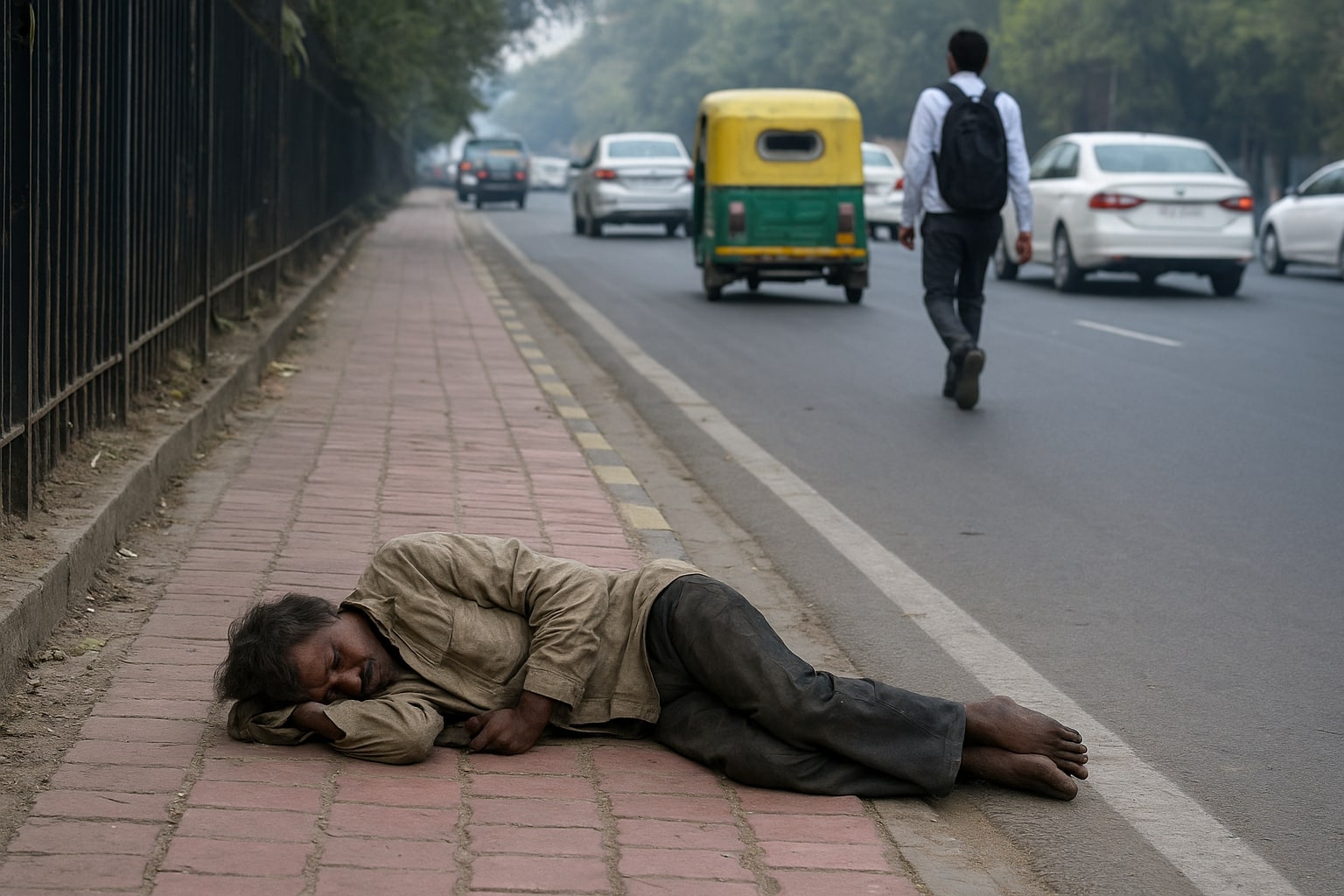
Nearly 100 pedestrians die on India’s roads every single day. That means more than 35,000 lives lost each year — individuals who were simply walking to school, to work, to the market, or back home. Behind these statistics lies a grim truth: Indian roads are not built for people; they are built for machines. Despite being the most common users of public spaces, pedestrians remain the least protected. The recent directives by the Supreme Court, ordering all states and Union Territories to comply with Indian Roads Congress (IRC) standards for pedestrian safety, highlight a long-ignored crisis. But these orders will have meaning only if the reality on the ground changes — a reality where footpaths are shrinking, encroachments are multiplying, and road culture is increasingly hostile to those on foot.
In India’s cities, walking is a daily act of courage. Most roads either have no footpaths or have ones that are dangerously uneven, broken, or blocked. In Delhi, Mumbai, and Lucknow, footpaths are often used as parking spaces for two-wheelers and cars. In many smaller towns, they have vanished altogether under layers of encroachment by street vendors, garbage bins, electric poles, and open drains. A pedestrian is often forced to step onto the road, sharing space with speeding vehicles that see little reason to slow down. Even on newly built highways and urban expressways, pedestrian crossings are either missing or located so far apart that people prefer to risk crossing through moving traffic. This is not indiscipline; it is design failure. The absence of pedestrian signals, lack of lighting, and poor maintenance of walking infrastructure make Indian cities among the most unsafe for those who move on foot.
The numbers tell a disturbing story. According to government data, pedestrians accounted for around 20 percent of all road deaths in India in 2023 — roughly every fifth fatality. Over 41,000 pedestrians and cyclists were killed on highways between 2019 and 2022. A Bosch Mobility study found that 99 percent of Indian pedestrians are at risk of injury due to poor road infrastructure and driver behavior. Behind these figures lies an institutional failure — the inability of road design and governance to imagine cities from a human perspective. Engineers and contractors continue to plan roads as corridors of traffic flow, not as public spaces meant for safe, inclusive mobility. Tender processes reward low-cost and high-speed construction, while footpaths and crossings are treated as optional add-ons rather than essential features. Urban designers, landscape architects, and accessibility experts are rarely consulted, resulting in roads that are technically complete but socially incomplete.
But design is only half the problem. The other half lies in the mindset that governs Indian roads — a culture of impatience and indifference. Drivers routinely speed through crowded areas, honk at pedestrians attempting to cross, and treat zebra crossings as decorative paintwork rather than zones of right of way. Two-wheelers invade footpaths, buses stop in the middle of the road instead of designated bays, and motorists accelerate at yellow lights rather than slow down. Lane discipline is almost non-existent, and enforcement of traffic rules is sporadic at best. This sense of entitlement behind the wheel — where power, not caution, dictates behavior — has turned Indian roads into battlefields between the fast and the fragile.
The Supreme Court’s recent intervention seeks to change this by mandating compliance with IRC standards, removal of encroachments, and creation of rules under the Motor Vehicles Act to protect pedestrians and non-motorized users. It has also directed states to conduct audits of footpaths and crossings, focusing on accessibility for the elderly and disabled. These steps are crucial, but unless state governments and municipal bodies treat pedestrian safety as a public health priority, the problem will persist. The IRC guidelines clearly define footpath dimensions — a minimum of 1.8 meters in residential areas and 2.5 meters in commercial zones — yet these standards remain on paper. The lack of accountability, poor coordination among agencies, and absence of pedestrian impact assessments in new projects mean that the walkable city remains an unfulfilled dream.
The challenge is not merely to enforce compliance but to change the way India thinks about roads. A modern nation cannot continue to design its cities as speedways for cars while ignoring the majority who walk, cycle, or use public transport. Safer roads require a shift from car-centric planning to people-centric urban design — roads that provide continuous, shaded, and obstruction-free footpaths; well-marked pedestrian crossings; refuge islands at junctions; and lighting that ensures visibility after dark. Enforcement must be strict: vehicles encroaching on footpaths or blocking crossings should face heavy penalties. At the same time, drivers need to be educated and sensitized that slowing down is not weakness — it is respect for life.
Yet, safety cannot be achieved through infrastructure and enforcement alone; citizens must play their part too. Pedestrians must reclaim their right to the road — by using crossings, avoiding distractions while walking, and reporting unsafe conditions to local authorities. Communities can map and document dangerous spots, pressurize municipalities for repairs, and participate in public consultations for road projects. A citizen’s right to walk safely is not a privilege granted by the state; it is an extension of the constitutional right to life under Article 21.
India’s development story often celebrates expressways, flyovers, and speed. But the true test of progress lies not in how fast cars move, but in how safely people can walk. Each death on the road is not just an accident — it is a policy failure, a design flaw, and a moral lapse. If the Supreme Court’s directives are implemented with seriousness and if both drivers and authorities recognize their shared responsibility, the country can begin to reclaim its streets. For a nation that prides itself on its civilization, it is time to make walking — the most human of all movements — a safe and dignified act once again.
Write to Pedestrians: What You Should Know, What You Can Do
If you walk, or have friends or family who walk, here is what you can keep in mind to stay safer — and also how you can help push for better roads.
Safety Tips for Pedestrians:
Use designated crossings (zebra crossings, pedestrian signals) wherever available. Even if they are slightly out of the way, it’s safer.
Avoid walking on the road when footpaths are available, even if they seem inconvenient; footpaths, even imperfect ones, are safer.
Wear visible clothing, especially at dawn, dusk, or night. Reflective clothing or accessories help.
Be alert: avoid distractions (mobile phones, headphones) when crossing. Look both ways. Wait for vehicles to stop.
In areas with no footpaths or safe crossings, walk facing traffic (if you must walk on road shoulder), keep as far to the side as possible.
How Pedestrians Can Push for Safety:
Document unsafe spots in your area (broken footpaths, missing crossings, encroachments, dangerous intersections). Take photos. Note times of day.
Utilize local grievance mechanisms, such as municipal helplines, traffic police complaint portals, and RTI applications. Ask them to act on IRC/SC guidelines.
Join or form local citizen groups / neighbourhood associations to press for better pedestrian infrastructure. Collective voices matter.
Participate when there are public consultations for road projects. Demand pedestrian safety features.
Vote with this issue in mind: hold local representatives (municipal, state) accountable. Ask candidates about what they plan for pedestrian safety.

 1 day, 20 hours ago
1 day, 20 hours ago


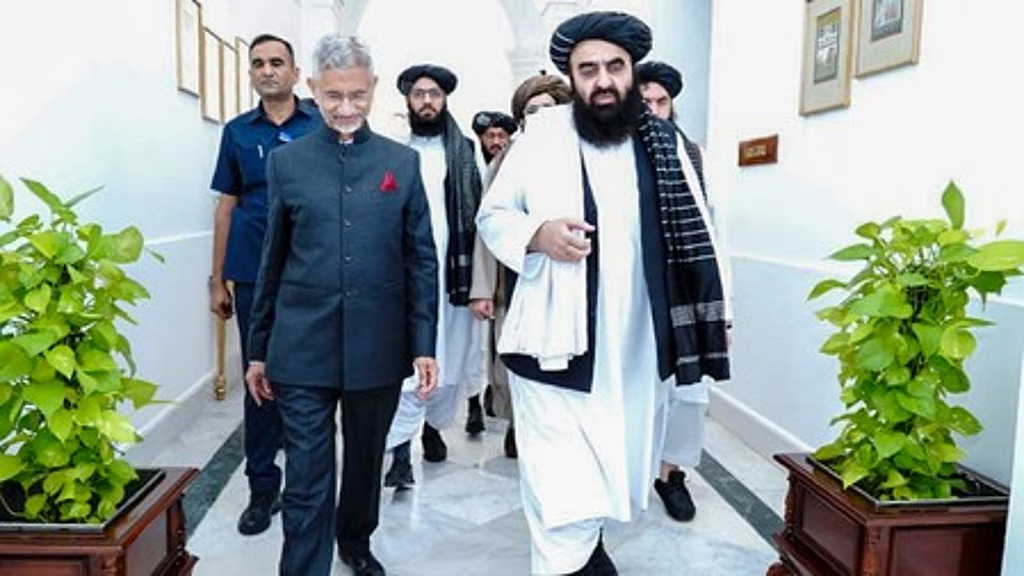
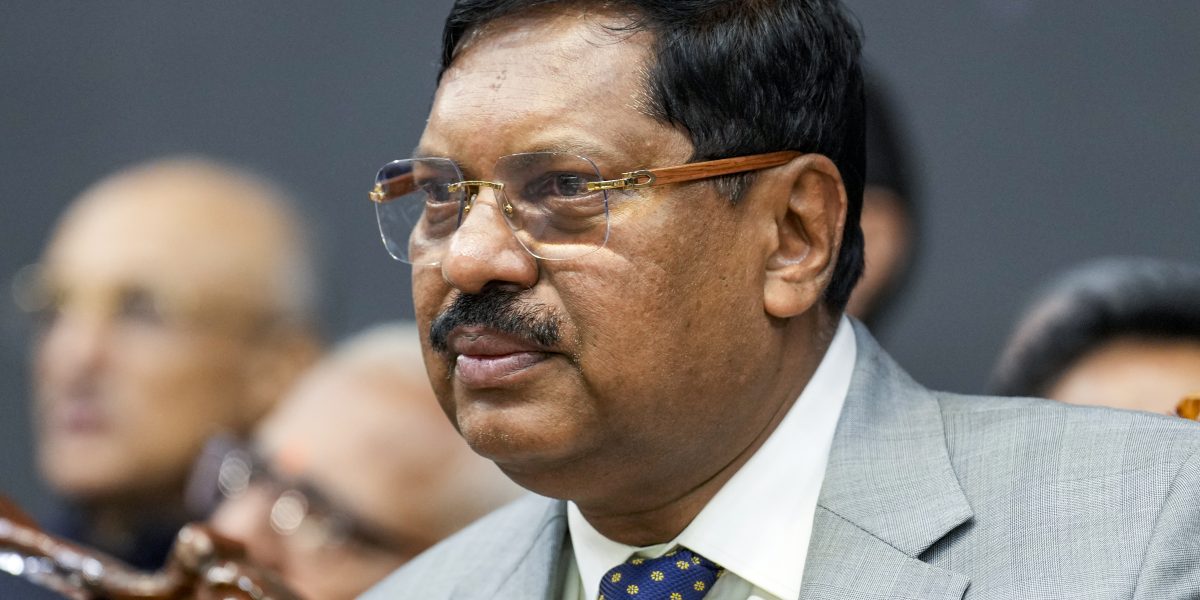
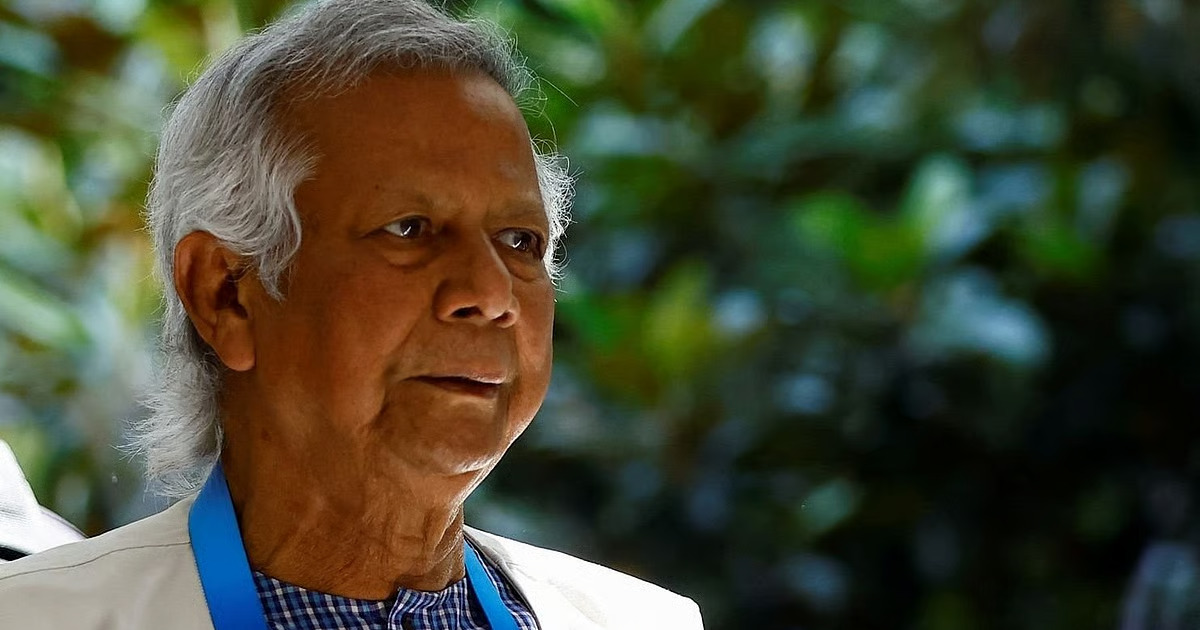
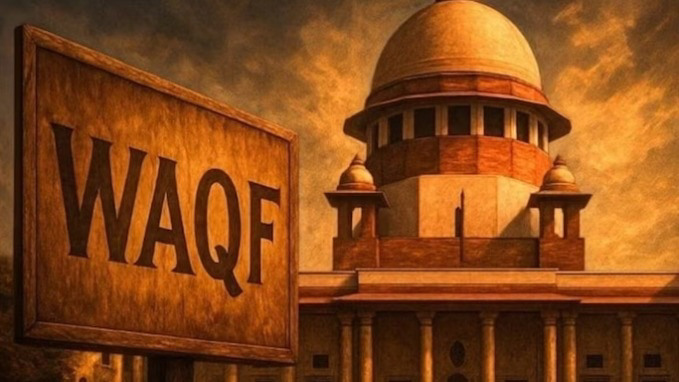



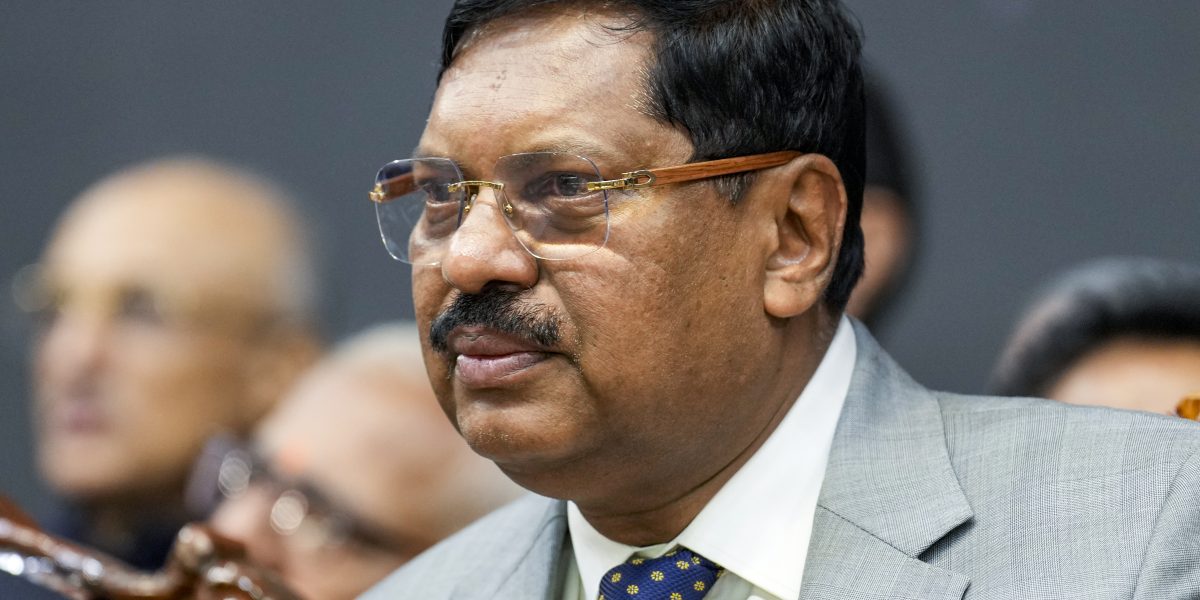
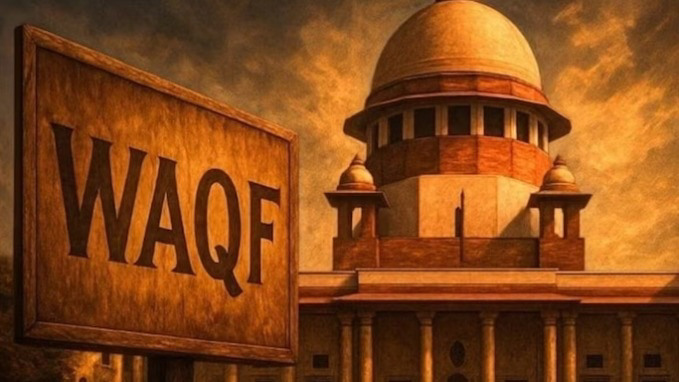
[[comment.comment_text]]